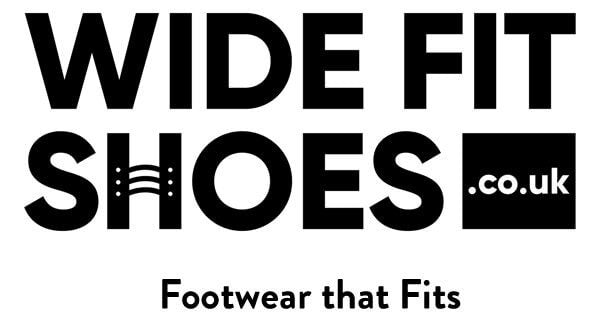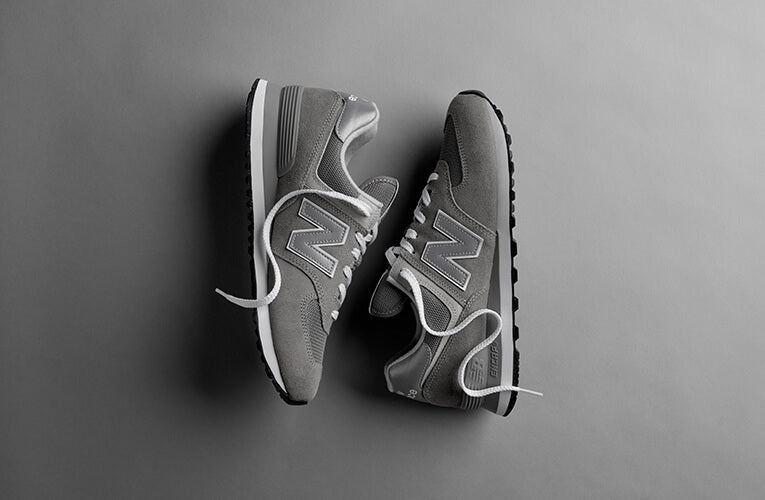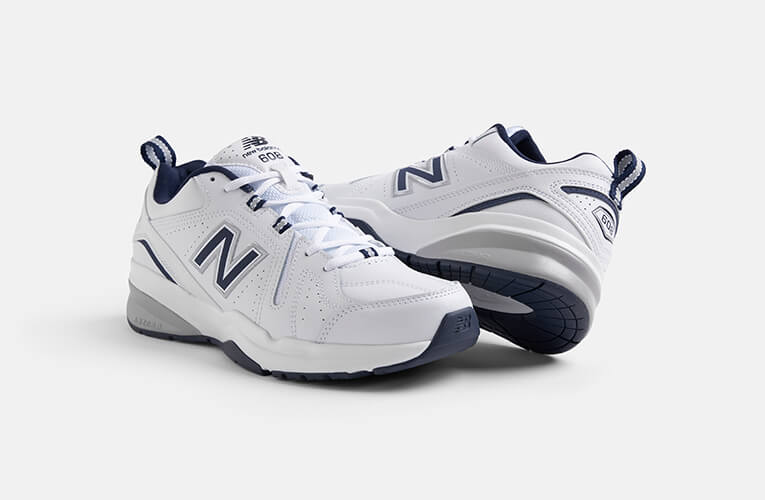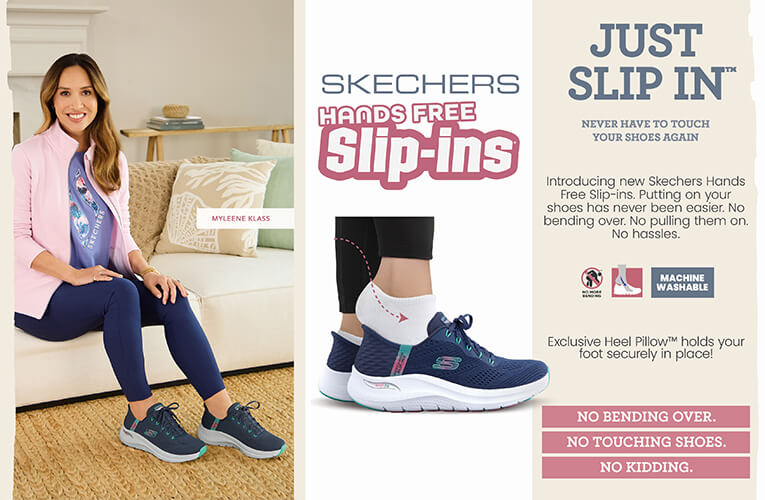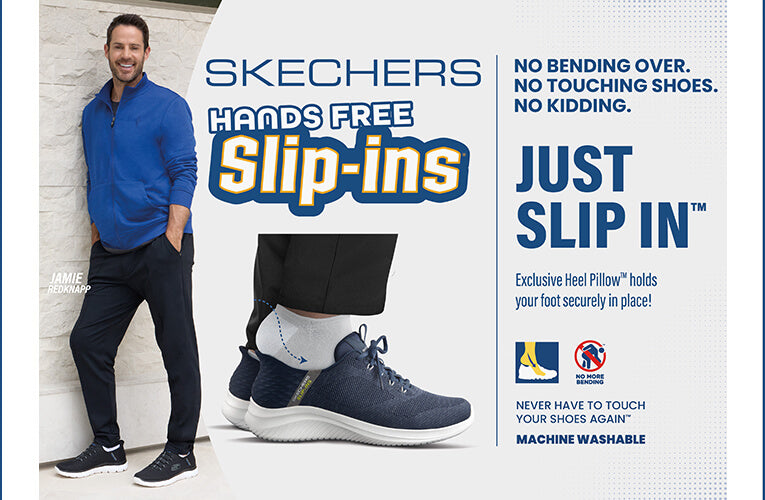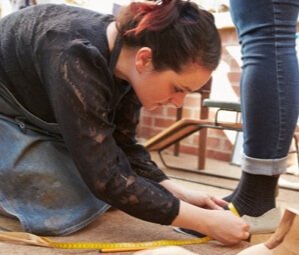Shoes for Problem feet

The average person takes between 3,000 and 4,000 steps per day, according to the National Health Service. That means your feet take a lot of pounding, and have to deal with more steps if you exercise regularly. It is very important that you choose good quality footwear to protect and cushion your feet on a daily basis. If you are experiencing foot pain or other foot problems, it is even more important that you find shoes that will not make the issue worse.
It shouldn’t hurt to walk or run on your feet. If you are experiencing foot pain, it is a sign that you need to see a registered chiropodist/podiatrist to get a proper diagnosis and treatment. A number of common foot conditions, such as heel pain, gout and osteoarthritis, make it difficult to find comfortable shoes. If your feet are uncomfortable through the day, then it is very difficult to focus on your daily tasks at work, school or in the home. You may even make your foot condition worse if you choose the wrong shoes for problem feet.
Shoes for Common Foot Problems
Heel Pain
Heels are designed to absorb the impact from your body weight when walking, running and exercising. When you experience pain in this part of the foot, it makes taking even a single step challenging and even affects your posture.
This common occurrence may be caused by some type of repetitive injury to your foot. The injuries keep happening at a faster pace than your body can heal them, resulting in heel pain. The pain may also be due to a lower back issue or some types of inflammatory joint conditions.
Depending on the cause of the heel pain, you may need to wear special heel inserts or increase the height of the heel with a special insole temporarily. Choosing shoes with a soft heel cushion can help to keep you more comfortable if you are experiencing inflammation in the heel pad.
Gout
Gout occurs when the body experiences an imbalance of uric acid, which builds up in the blood. As a result, small crystals form which may collect in the joints and cause irritation and inflammation. Gout is a less-common form of arthritis; the other two types are rheumatoid and osteoarthritis.
A gout attack usually effects the big toe, and the pain comes on suddenly in the middle of the night. Most people with this condition are men, and they are awoken from a sound sleep with a throbbing pain coming from their toe. On examination, they find that the joint is swollen.
In most cases, only one of the big toes is affected. In most cases, a gout attack only lasts for a few hours and then subsides. The pain does not return for a few months.
Your podiatrist will be able to suggest some padding or protective shields that you can wear inside your shoes to reduce any irritation from the swelling associated with gout. The shoes that you choose should be adjustable to accommodate any devices recommended by your foot care professional. You’ll also want to look for a pair with removable insoles so that you have extra room for padding, if required.
Osteoarthritis
Osteoarthritis is referred to as “wear and tear” arthritis. It occurs when the cartilage of a particular joint (the thin layer of gristle that covers the end of bones, allowing them to glide over each other), is damaged. When it breaks down, the exposed bone underneath can thicken and cause pain, swelling and stiffness. Big toes are among the joints most affected, along with those of the hips, knees and hands.
When this disorder becomes severe, the cartilage can wear away to the extent that the bones rub together. At this point, it becomes difficult to move the affected joints. The severity of the symptoms varies from person to person. Some people find that their symptoms come and go over time.
People over the age of 40 are more likely to be diagnosed with osteoarthritis. It is more common among women than men. When it occurs among younger people, it is likely the result of an injury or an infection.
If you have osteoarthritis in your foot joints, make a point of wearing well-cushioned shoes with laces or adjustable straps. They will keep your heel in place and stop your toes from being pushed down into the front of the shoe. Look for footwear that does not compress your toes into an unnatural shape and make sure there is a centimetre between your longest toe and the end of the shoe. Deep shoes are best, since they will accommodate any swelling in your feet.
